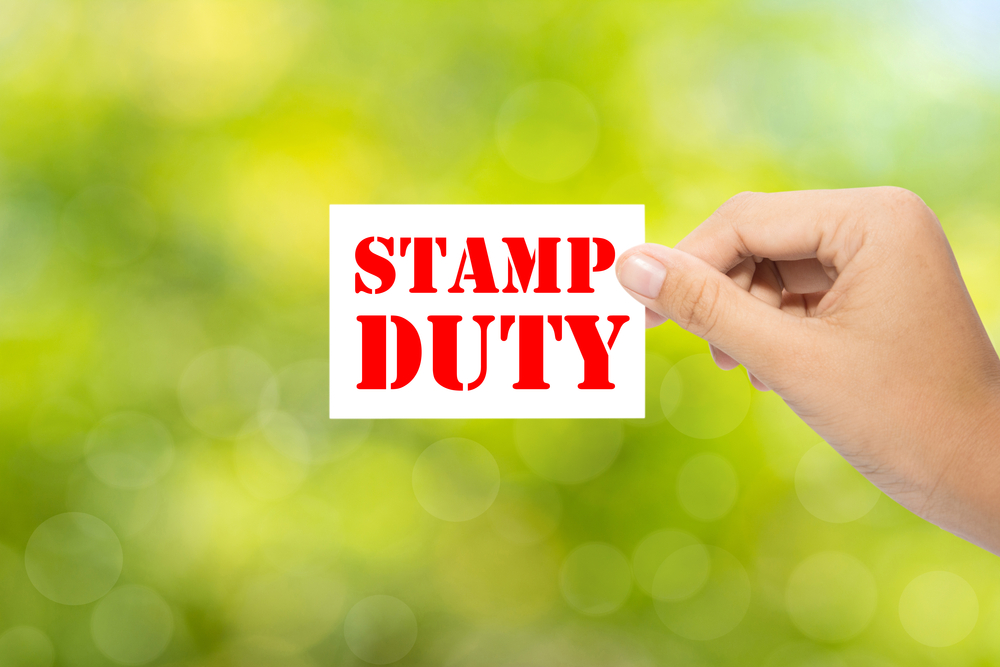 Rents rose again last month, but fears the new stamp duty charge could force landlords to increase prices have so far proved “unfounded”, new data shows.
Rents rose again last month, but fears the new stamp duty charge could force landlords to increase prices have so far proved “unfounded”, new data shows.
According to the April HomeLet Rental Index, average rent in the UK (excluding Greater London) has risen 5.1% in the past year to £764 per month. This is slightly up from March’s figure of 4.9%.
In London, rents on new tenancies signed over the three months to the end of April were 7.7% higher than a year ago at £1,543. This is the third successive month that the capital has registered this rate of increase.
Homelet said fears that higher stamp duty charges on buy-to-let rental property purchases might destabilise the market have so far proved unfounded.
The 3% stamp duty increase, which came into effect on 1 April, is part of the government’s attempt to curb the buy-to-let market and free up property for first-time buyers. The basic rate of tax relief landlords can claim on properties is also set to fall to 20% from April 2017.
Industry experts have warned that the government’s recent policy announcements to dampen the buy-to-let sector could push up rents as landlords look to recoup lost money.
Rents rose in all but one regions of the UK over three months to April. Rents in Scotland are currently rising faster than anywhere else in the UK, with new tenancies costing 11.4% more than in the same period a year ago. Just behind is the East Midlands, registering a rise of 7.9% in rents compared to last year.
The North West is the only region to register decline, falling to an annual rate of just 1% over the three months to April.
Martin Totty, Barbon Insurance Group’s chief executive officer, said: “The April HomeLet Rental Index has been much anticipated given the potential impact of the Stamp Duty changes on the private rental market. For now, however, rental price growth in most areas of the country is unchanged from the trends observed over almost three years.
“It may be that over the next several months, the trends observed in the rental market begin to reflect the signs of some slowdown in the rate of house price growth that we are now beginning to see and that will be something to watch closely. But more broadly, there has been very little to alter the fundamental relationship between demand and supply, especially in those parts of the country where demand-side pressure is greatest.”




